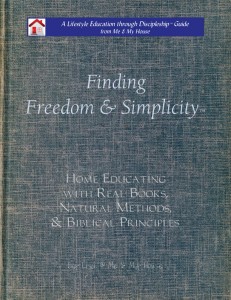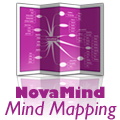This Spring we’ve studied through some Bible books together, but I had no specific plan of where to go next. I spent some time in prayer and began to think through our direction. I wanted something that could be worked on independently by all, but still discussed daily together when we had time. I had already decided I wanted to do a “90 day” reading plan over the summer, so decided that this would be good for our older children too. I also wanted to encourage them to keep studying, not just reading (as much as they are able). Last week I made my plan, and we’ve started, our summer Bible study.
I chose a three month chronological reading of the New Testament. (This would work out to 1 semester of “school days”, if you choose to do it that way.) We are following the Biblical Principles method of study detailed in R Road to Biblical Wisdom. This is simplified for Bible Study in our Spiritual Journey journal pages.
Perhaps you’d like to join us (do this same study on your own.)
You can find the reading plan we are using at Bible Study Tools. You can also get a free iphone/ipad app for it.
You can get the Spiritual Journey pages to customize your your notebooks for this study, or use a Composition Notebook. The Spiritual Journey pages are colorful pages with nature photos as backgrounds that you copy and put in a half-sized (8.5″ x 5.5″) 3 ring binder. A composition notebook is a sewn, handy sized notebook with 100 sheets, perfect size for a 3 month study. See our simple instructions below. If you’d like more in-depth information on how to study anything by Biblical principles get R Road to Biblical Wisdom.
Study instructions:
We read and study that we might know our God better and love Him even more as we see more clearly through His Word, Who He truly is. Pray that your heart will open open to receive God’s Word, to know Him better, and that the Holy Spirit will teach you, and give you grace to apply what you learn.
Read the day’s passages and check them off on the reading plan.
Journal your study under the following headings (1 page – front and back – per day.)
- Read: Note the references of the passages you read.
- Record/Rewrite: Write a very short summary or outline answering “Who, What, When, Where, Why and How” about the reading.
- Reflect: What does it mean? What is its context? What does it show me about God, Jesus, man, sin, grace, the gospel, the law, cause and effect? Use cross references, concordance, Bible maps, commentary, or other study tools as needed. If you have further questions about the passage that aren’t answered in your study today, write them down.
- Relate: How does this apply to me? What am I to think and do?
- Recite: Copy a verse/verses to meditate on throughout the day.
Pray to close out your time of study. Ask God to lead you to greater understanding and answers to your questions, and grace to walk out what you’ve learned; that you would not only love Him more but also show forth His love to others.













